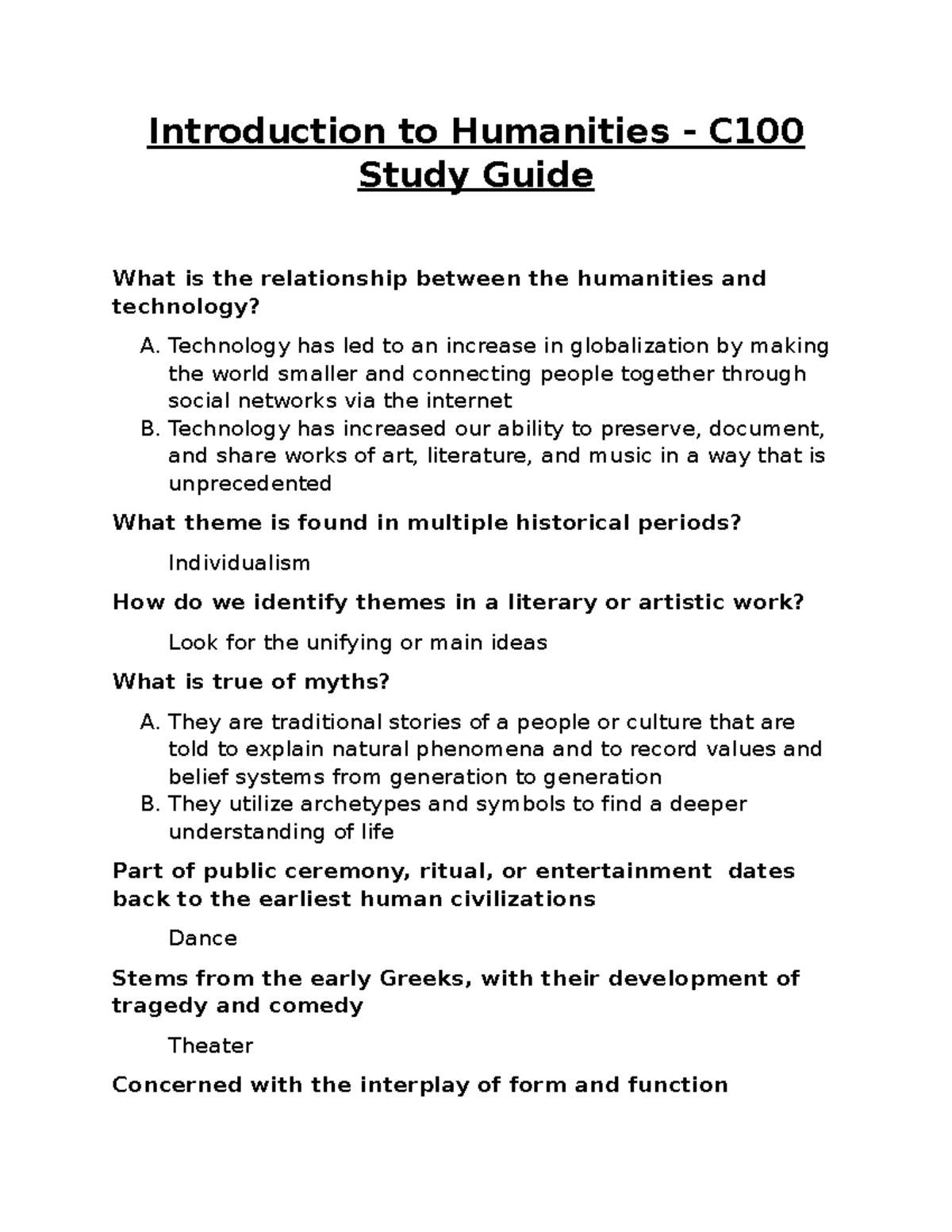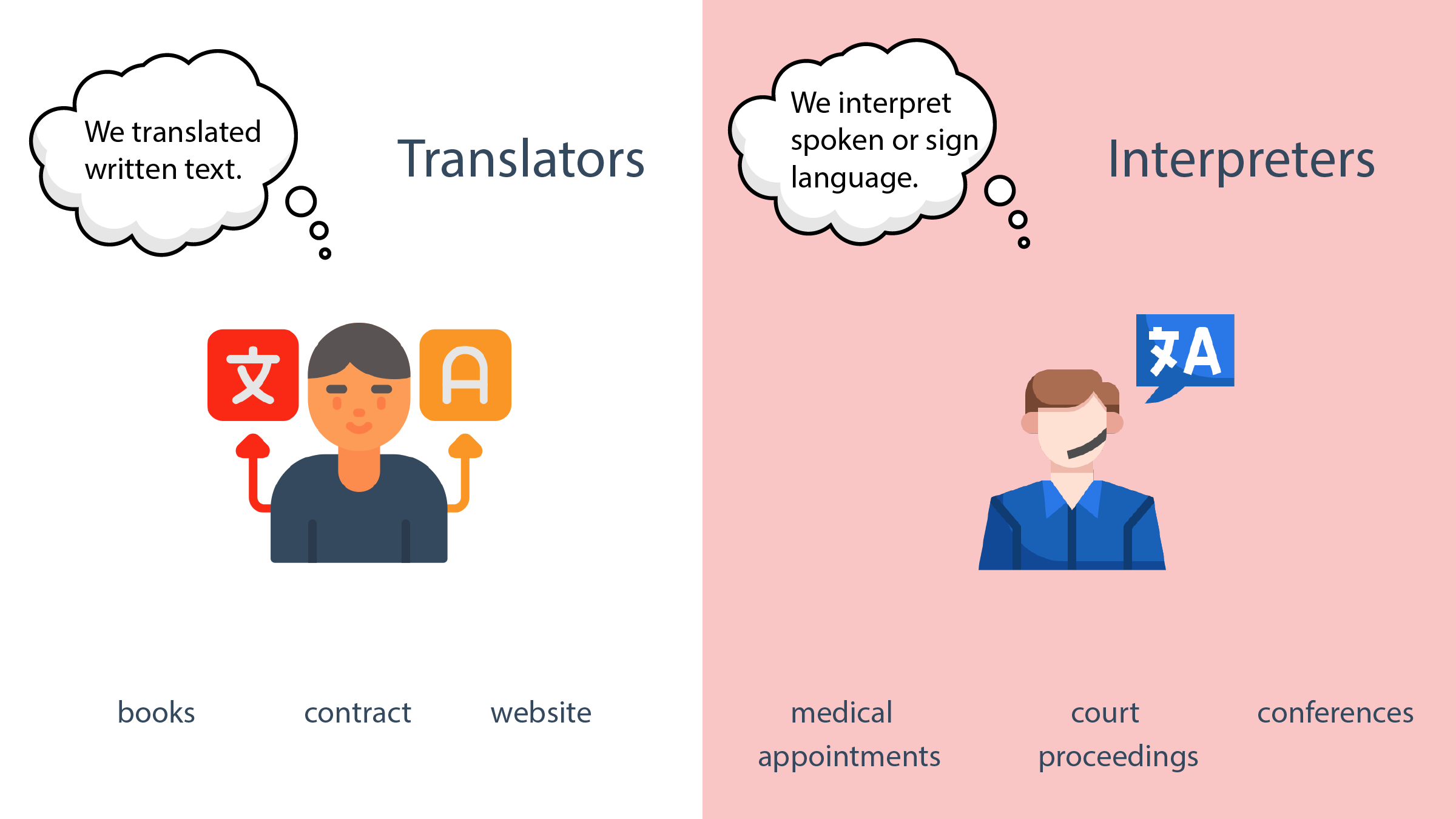Introductory humanities courses play a vital role in shaping the minds of first-year students as they embark on their academic journeys. At institutions like Harvard, these foundational classes are being reimagined to captivate and engage newcomers with the richness of arts and humanities education. By fostering a deeper appreciation for cultural studies, literature, history, and philosophy, the newly designed humanities curriculum aims to retain students’ interests, countering a trend of declining enrollment in these essential fields. Courses that emphasize inquiry and the exploration of fundamental human questions not only enhance academic experiences but also enrich students’ lives. With innovative approaches to teaching and curriculum redesign, introductory humanities courses aspire to ignite a passion for learning that resonates long after graduation.
Beginning a journey in the humanities typically involves engaging with courses designed to introduce students to the foundational ideas and principles of the arts and culture. These entry-level classes, essential for first-year humanities scholars, serve to instill a strong appreciation for the diverse perspectives offered by disciplines like literature, history, and philosophy. With a focus on encouraging student engagement and active learning, these courses are being reinvigorated to meet the evolving needs of young scholars. Various institutions are revising their curricula to ensure that new students not only receive essential knowledge but also feel motivated to explore their interests further. As a result, many introductory arts and humanities classes are set to become vibrant spaces for intellectual exploration and dialogue.
Engaging First-Year Humanities Students with Innovative Courses
As universities grapple with dwindling enrollment in the humanities, first-year students are increasingly looking for courses that resonate with their interests and aspirations. The introduction of nine new courses at Harvard aims to engage these students by connecting traditional humanities topics with contemporary relevance. This approach not only revitalizes the curriculum but also attracts those who might otherwise overlook the rich insights offered by the arts and humanities education.
Dean Sean Kelly’s initiative reflects a growing awareness that first-year humanities students need more than just an overview of historical texts and theories; they seek to understand how these ideas impact the modern world. For instance, courses like “Introduction to the Medical and Health Humanities” and “Migration and Border Crossing in Film and Photography” directly address pressing societal issues, allowing students to engage deeply with the material while fostering a sense of community among them.
The Redesign of the Humanities Curriculum
The redesign of the humanities curriculum at institutions like Harvard is a deliberate response to perceived shortcomings in traditional introductory courses. By moving away from a rigid canon that often alienates prospective students, the new courses embrace a broader array of perspectives and voices. This shift acknowledges that many topics are not just academic requirements but are instead integral to nurturing critical thinking and cultural awareness among students.
Moreover, the humanities curriculum redesign aligns with current educational trends that emphasize interdisciplinary learning. Students are encouraged to explore intersections between literature, philosophy, and social issues, providing them with tools that transcend specific disciplines. This interconnected approach not only enriches the learning experience but also helps students see the relevance of the humanities in various career paths.
Building an Inviting Humanities Culture at Harvard
Creating a welcoming environment for students to explore the humanities is essential for reversing the trend of declining enrollment. Dean Kelly emphasizes the intrinsic value of studying humanities, which includes understanding literature, philosophy, and art not merely as subjects but as vital components of the human experience. By nurturing a culture that celebrates engagement in humanities, institutions can build a bridge that draws in first-year students eager to connect their academic pursuits with their personal passions.
For students, the opportunity to engage in courses that highlight storytelling, critical analysis, and creative expression can ignite a lifelong love for the humanities. As professors collaborate to present these themes, they also cultivate a shared passion that resonates with students. Ultimately, a vibrant humanities culture intertwines academic excellence with an appreciation for the arts, leading to transformative experiences that might change lives and careers.
The Role of Creativity in Humanities Education
The integration of creative writing alongside critical analysis reflects a growing recognition of the role creativity plays in humanities education. Courses like “Reading for Fiction Writers” exemplify how blending critical thought with creative practice can enhance students’ understanding of both disciplines. As students learn to appreciate the nuances of storytelling, they also develop a deeper interest in the literature that shapes their identity and cultural understanding.
By prioritizing creativity within the humanities, educators help students navigate complex ideas through personal expression. This approach not only fosters engagement in humanities but also encourages students to become active participants in cultural discourse. As a result, students leave these courses not only as knowledgeable individuals but as articulate voices capable of contributing to ongoing conversations about the human condition.
Addressing Enrollment Decline through Engagement
Declining enrollment in the humanities has prompted educators to rethink how introductory courses are structured to attract interest. A focus on engagement, as initiated by Dean Kelly, ensures that first-year students are not just passive recipients of knowledge but active participants in their education. By introducing contemporary themes that resonate with modern students, courses become more relevant and appealing, thereby reversing negative enrollment trends.
Moreover, addressing the root causes of enrollment decline involves understanding students’ motivations and interests. As statistics reveal that many students who initially express interest in the humanities shift their concentration by the end of their first year, it becomes crucial to create a compelling argument for why these fields matter. Engaging introductory courses that link humanities studies to personal and societal issues serve as a solution to this challenge.
Core Philosophical Questions in Humanities Courses
Engaging students with fundamental philosophical questions forms the backbone of many new introductory humanities courses. This approach encourages students to explore their own thoughts and beliefs while gaining a deeper understanding of the human experience. Faculty like Professor Samantha Matherne, who teaches courses like “Kant’s ‘Critique of Pure Reason,'” spearhead this effort, guiding students through complex philosophical discussions that compel them to reflect on their place in the world.
Such courses emphasize inquiry over rote learning, inviting students to ponder the meaning of consciousness, perception, and moral freedom. By tackling these core questions, students not only gain insights into the humanities but also learn critical thinking skills that are applicable across various disciplines. This intellectual engagement can motivate students to pursue further studies in the humanities and appreciate its lasting impact on society.
Cultural Relevance in Media and the Arts
Incorporating cultural relevance into courses is imperative for engaging students today. The inclusion of topics like migration and its representation in film and photography allows students to see firsthand the power of the arts in reflecting societal changes. Such courses can captivate first-year students who might feel disconnected from traditional humanities subjects, showcasing the importance of arts and humanities education in understanding contemporary issues.
Moreover, courses that touch on media and performance art can offer students new perspectives on storytelling and communication. For instance, discussions surrounding Bob Dylan’s works or the exploration of transatlantic cinema can spark valuable conversations about culture and identity. By merging the study of arts with current events, these courses provide a framework for students to critically analyze the world through a humanities lens.
Collaboration Between Disciplines in Humanities Education
The collaboration between creative writing and critical reading exemplifies the interdisciplinary approach to humanities education. By fostering a dialogue between literature and creative expression, courses like “Reading for Fiction Writers” encourage students to appreciate the craft behind writing while enhancing their analytical skills. This synergy not only enriches the academic experience but also nurtures a community of students who understand storytelling as a multifaceted art form.
This collaborative effort helps students grasp that good writing emerges from a strong foundation in reading and analysis. As they learn to intertwine these elements, students become better equipped to engage with diverse texts. This understanding reinforces the notion that arts and humanities education is not just an academic pursuit; it is essential for developing skills necessary in numerous life and career contexts.
The Importance of Gateway Courses in Humanities
Gateway courses play a pivotal role in shaping students’ understanding of the humanities. Similar to the structure of foundational courses in sciences or mathematics, introductory humanities courses create a framework for students to explore deeper topics later in their academic journey. They introduce essential methods, questions, and tools that define the humanities, thus laying the groundwork for future inquiry.
Institutions are working to position these gateway courses as essential entry points into the study of human culture. By providing students with the skills to analyze literature, appreciate art, and engage in philosophical discourse, they ensure that students come away from these courses with a comprehensive understanding of the humanities. Ultimately, these courses foster a sense of belonging and purpose within the broader academic community, encouraging students to continue their study of the arts.
Frequently Asked Questions
What are introductory humanities courses and why are they important for first-year humanities students?
Introductory humanities courses serve as gateways for first-year humanities students, introducing them to fundamental concepts and diverse perspectives within the arts and humanities education. These courses are essential as they help students engage with critical questions about human experience, culture, and creativity, paving the way for deeper exploration in their academic journey.
How does Harvard’s humanities curriculum redesign aim to engage new students in the arts and humanities?
Harvard’s humanities curriculum redesign focuses on developing nine new introductory humanities courses that cater to diverse student interests, aiming to engage first-year students more effectively. By introducing contemporary themes and critical discussions, the redesign seeks to attract students who may initially be indifferent to the humanities, ultimately reversing declining enrollment trends in these fields.
What should first-year students expect from Harvard’s new introductory humanities courses?
First-year students enrolling in Harvard’s new introductory humanities courses can expect to encounter thought-provoking content, interactive discussions, and an overview of essential humanities concepts. These courses are designed to enhance students’ understanding of human culture, language, and artistic expression, making the humanities accessible and relevant to their lives.
Why do many first-year humanities students change their concentration, and how do new introductory courses address this issue?
Many first-year humanities students change their concentration due to a perceived lack of engaging material and unclear course relevance. To address this issue, the new introductory courses at Harvard aim to meet students where they are, presenting engaging content that highlights the intrinsic value of the arts and humanities, ultimately fostering a stronger connection between students and these disciplines.
What types of topics will be covered in Harvard’s introductory humanities courses?
Harvard’s introductory humanities courses will cover a range of topics including literature analysis, philosophical inquiries, cultural studies, and the intersection of technology and humanity. By exploring subjects like migration, ethics, storytelling, and more, these courses will provide students with a comprehensive understanding of pivotal themes shaping the humanities.
How can engagement in humanities benefit students in their academic and professional pursuits?
Engagement in humanities enables students to develop critical thinking, analytical skills, and a deeper understanding of cultural dynamics. These competencies are beneficial across various academic disciplines and professional fields, equipping students with the tools to navigate complex human experiences and contribute thoughtfully to society.
What is the significance of reading literature in introductory humanities courses for first-year students?
Reading literature in introductory humanities courses is significant for first-year students as it cultivates empathy, enhances critical thinking, and nurtures an appreciation for diverse narratives. These skills are foundational for understanding complex human emotions and societal issues, making literature a vital component of humanities education.
How do introductory humanities courses differ from other academic disciplines at Harvard?
Introductory humanities courses differ from other disciplines at Harvard by focusing on qualitative analysis and the exploration of human experience through cultural artifacts. While STEM fields emphasize empirical data and scientific methods, the humanities prioritize critical interpretation and the understanding of human behavior, creativity, and ethical considerations.
What role does storytelling play in the introductory humanities curriculum at Harvard?
Storytelling plays a central role in the introductory humanities curriculum at Harvard by serving as a means to understand human identity, culture, and experiences. Courses will explore various storytelling techniques, encouraging students to examine how narratives shape and reflect societal values, thereby enriching their comprehension of the human condition.
How can I get involved in the humanities at Harvard beyond introductory courses?
Beyond introductory courses, students can engage with the humanities at Harvard through extracurricular activities such as attending lectures, joining student organizations focused on cultural events, participating in creative writing workshops, and exploring research opportunities in various humanities fields. This involvement fosters a deeper connection to the arts and humanities community.
| Key Point | Details |
|---|---|
| Introduction of New Courses | Nine new introductory courses will be launched in the Division of Arts and Humanities to engage first-year students. |
| Reasons for Decline in Enrollment | Only 12% of first-years express an interest in humanities at arrival; many change their minds by concentration declaration. |
| Reevaluating Introductory Courses | Courses must resonate more with students’ interests to attract and retain them in humanities fields. |
| Demand for Certain Subjects | Courses in Art, Film, Theater, Creative Writing, and Music are highly sought after by students. |
| New Course Themes | Courses will explore topics like health, migration, humanism, technology, and literature. |
| Philosophy’s Success | Philosophy department’s enrollment increased due to shifts towards engaging students in fundamental questions. |
| Goals of Introductory Courses | Focus on intrinsic value and relevance of humanities, beyond just career preparation. |
Summary
Introductory humanities courses are crucial in nurturing students’ appreciation for the arts and humanities. As Harvard’s initiative illustrates, the introduction of new and engaging courses not only aims to address declining enrollment but also to instill a deep understanding of the intrinsic value of these fields. By connecting students with vital themes such as culture, ethics, and creativity, these courses pave the way for holistic education that enriches personal and academic journeys.



